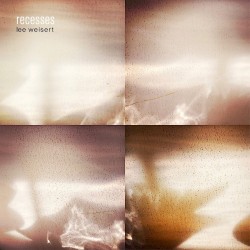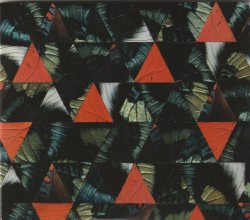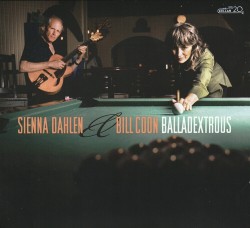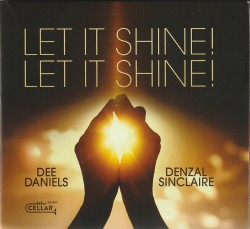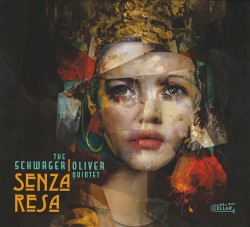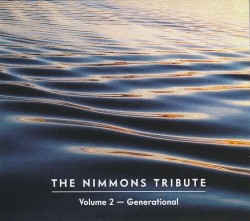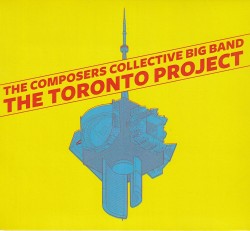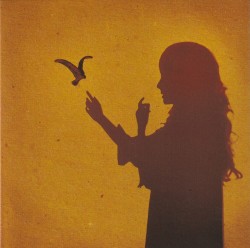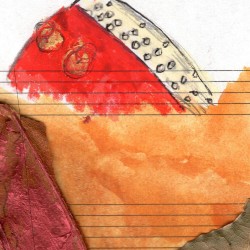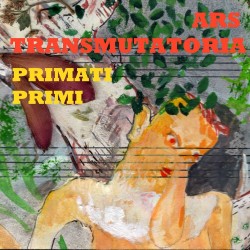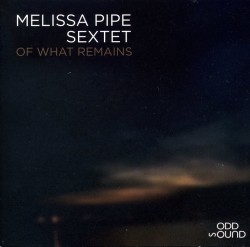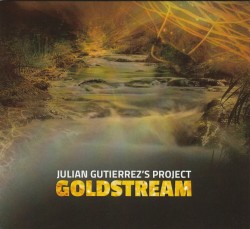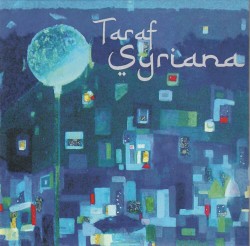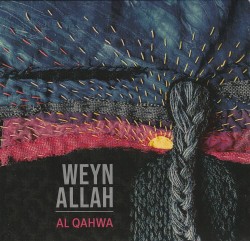Difficult Grace - Seth Parker Woods
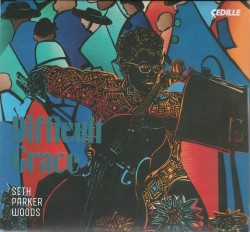 Difficult Grace
Difficult Grace
Seth Parker Woods
Cedille CDR 90000 219 (cedillerecords.org)
The work contained in cellist Seth Parker Woods’ Difficult Grace almost defies classification. This is an album of live theatre, performance art, electronics, spoken word and poetry, political awareness, storytelling, ambient music and gorgeous cello playing. The overall cohesiveness contained is a theme of commitment to art, and if you were lucky enough to catch Woods’ March 2022 Toronto performance of this album you will be familiar with what a great work of art it is.
The scope of the works contained is wide and deep. Beginning with Frederic Gifford’s 2019 Difficult Grace, one is immediately captured for the entirety of the album. Based on the poetry of Dudley Randall’s Primitives the verbal and musically sonic transformation is easily accessed. The delivery by Woods is a performance on its own. Coleridge-Taylor Perkinson’s third movement Lamentations from his Black/Folk Song Suite reflecting the African-American experience is solo pizzicato throughout and aptly described in the title Calvary Ostinato.
Monty Adkins’ 1972 Winter Tendrils is a luscious melodic track, followed by Nathalie Joachim’s 1983 The Race 1915, one the album’s most powerful works. Inspired by visual artist Jacob Lawrence’s images of the historic African-American migration beginning in 1915, it features excerpts from issues of the important Black newspaper The Chicago Defender, published in that pivotal year citing the oppression and atrocities facing millions compelled to travel uncertain journeys. The spoken text and solo cello rise above the undercurrent of the train-like electronic ostinato, driving the piece to its powerful conclusion.
Alvin Singleton’s 1970 work Arogoru (from the Twi language meaning “to play”) is a motivic, gestural piece followed by another of Joachim’s, Dam Mwen Yo. The final piece is Ted Hearn’s Freefucked (2022). A complex and yet straightforward suite of songs showcasing poems by Kemi Alabi, from their poetry collection Against Heaven, which really completes this fantastic journey with the use of electronics, vocal processing and solo cello. The suite is dynamic and full and could be listened to in parts or in whole. Each movement is stunning. It helps to follow the poetry included in the accompanying booklet but the music stands without it. This whole piece is awesome.


